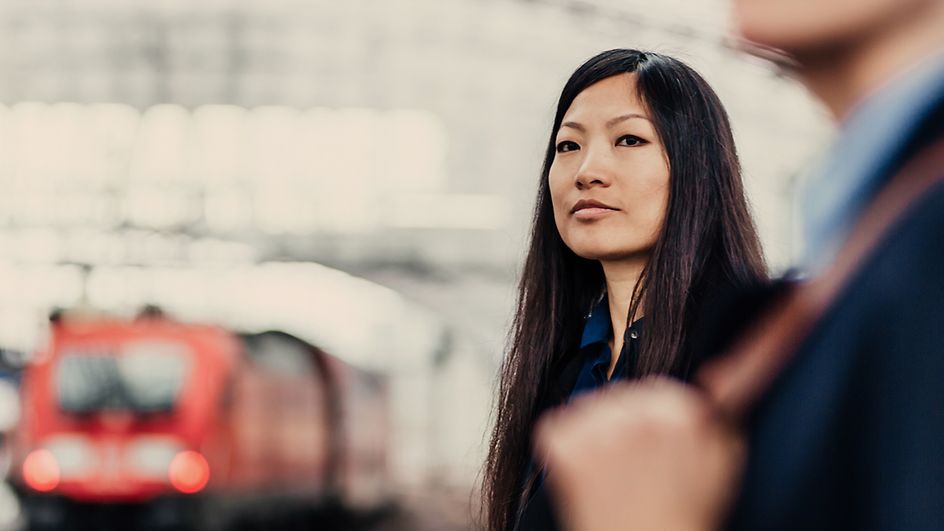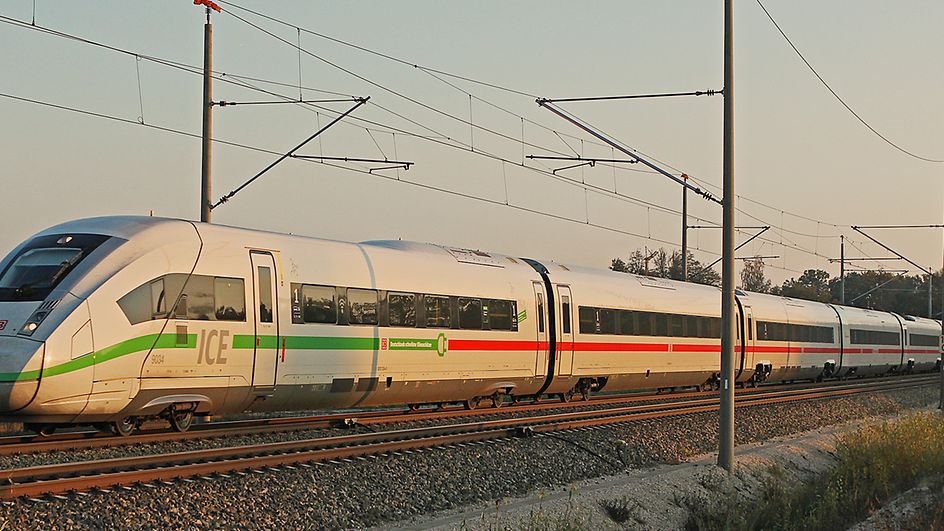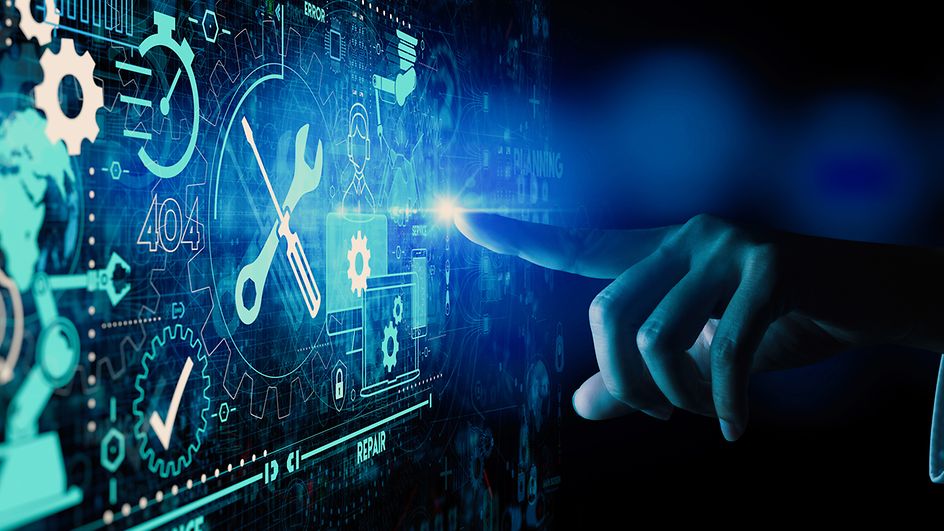Automated shunting (AuRa)
Article: Computer shunts freight cars to the right track
04/2019 – From in-house test to a successful external business model and from manual processes to automation, the joint AuRa project brings new momentum to shunting.
Shunting operations face major challenges and problems: staff are getting older, but fresh blood is in short supply. Overall, railway operations are evolving in line with the latest developments, outdated practices are still to be found in the shunting business – both at Deutsche Bahn and at companies whose freight terminals are dependent on rail transportation. One approach to resolving this situation is to automate shunting stock and control them automatically by means of software.
In this context, the AuRa project focuses squarely on the automation of internal rolling-stock shunting processes. As Dr. Frank Kleespies of DB Systel explains, “AuRa is a central IT control system that links together all components of a shunting process, and controls them automatically.”The components include all rolling stock, points, railway crossings and signals. Personnel and process safety is always a key issue. The foundations were laid back in 2016, when a successful pilot project on automated shunting was conducted at the Paderborn maintenance depot in the space of a few weeks. A road-rail vehicle equipped with sensors and computer was automatically controlled via the AuRa software and carried out movement instructions automatically. And that’s not all: “At Skydeck’s fifth pitch event, AuRa qualified us for the Accelerator programme, and we developed a business model from it”, says Kleespies.
AuRa at a glance
First, shunting orders are entered in the relevant scheduling system, where they are optimised. AuRa translates the orders into control instructions and transmits them to the shunting stock via radio. The required route is set up by means of communications with the signal box. The shunting operation requires an automated shunting vehicle that can be remotely controlled. The vehicle is fitted with sensors and can automatically couple to wagons, decouple, and monitor the area for obstacles while in motion, to ensure hazard-free shunting. The system not only sets up the route and all components automatically, but it also transmits to the vehicle the speeds of the various track sections. As a result, AuRa enables shunting vehicles to move wagons to the required tracks quickly and safely – round the clock.
Although the trial in Paderborn was a success, the project was not continued there. As Thomas Gerdes, AuRa’s product owner at DB Systel, explains, “Significant investment would have been necessary to fully automate this first depot. It would not only have entailed procuring the vehicles and installing the IT systems, but also modifying the infrastructure and automating the points – far too much effort and expense for this first step.” But this challenge was overcome – with the help of a carefully and fully elaborated product strategy, leading to a reduction in IT costs per customer, and a steelworks with international operations that offers better preconditions as a pilot site for automation. In partnership with Zwiehoff GmbH, which provided the shunting vehicle for the pilot in Paderborn, and the Department of Rail Vehicles and Transport Systems (IFS) at RWTH Aachen University, which explores the subject from an academic perspective, AuRa will now be implemented at the steelworks’ shunting yard to optimise the transportation of crude iron.
"We not only develop the software, but also advise customers, show them the possibilities, and offer appropriate integration services relating to automation."
The project receives funding from the Federal Government and has an initial duration of three years. The main focus for this period will be on establishing a stationary IT scheduling and shunting system on site. “In principle, all shunting yards operate in the same way”, states Gerdes. “That means the system can be quickly adapted to requirements.” One difference is that the wagons in the steelworks no longer need to be coupled, and the shunting vehicles are attached to the wagons. In addition, there is no single, standardised planning and control system that can be used by all businesses with shunting operations. AuRa was designed with this in mind, and can be deployed flexibly under a wide range of conditions and for the existing interfaces. Where required, the AuRa team can help with the establishment of suitable planning systems. “That is an element of our new self-concept“, says Kleespies. “We not only develop the software, but also advise customers, show them the possibilities, and offer appropriate integration services.”
First of all, however, AuRa will be put in shape for deployment at the steelworks. The first trial phase is over: the vehicle control system works correctly. The sensors will now be fitted, including some designed to identify persons and activate the vehicle’s brakes in dangerous situations. Because AuRa can only receive the required approval if it meets the safety regulations of the Federal Railway Authority and the railway supervisory authorities of the Federal States. “We plan to enter into discussions with experts and evaluators at an early stage to ensure that AuRa is capable of gaining approval”, says Gerdes. The project’s goal is not merely research but to create a product deployable in regular operations. The AuRa team will leverage all the experience gained en route to that goal for the benefit of the whole Group. “AuRa could serve as the nucleus of Deutsche Bahn’s overall automation plans,” hopes Gerdes.


